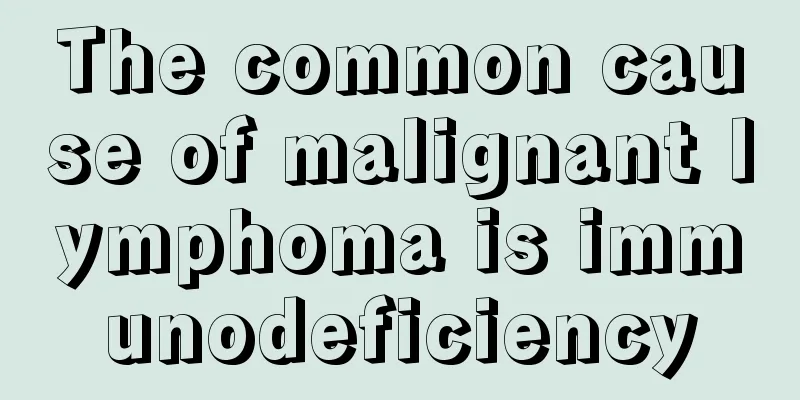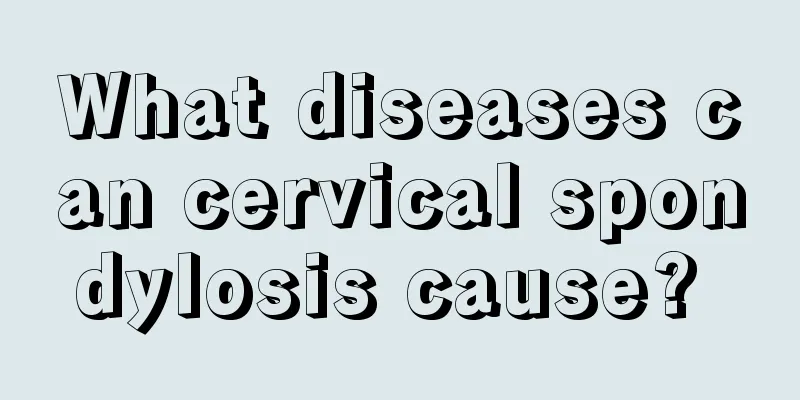Alcoholic cirrhosis

|
The occurrence of this symptom of alcoholic cirrhosis is mainly due to fatty degeneration caused by excessive alcohol, which leads to liver fibrosis and cirrhosis. This symptom is very harmful to the patient's body, so it is recommended that everyone pay attention to drinking in moderation in daily life, but not overeating, which will lead to alcoholic cirrhosis. Let us now learn about the symptoms of alcoholic cirrhosis. Long-term excessive drinking can cause repeated fatty degeneration, necrosis and regeneration of liver cells, eventually leading to liver fibrosis and cirrhosis. The mechanisms of alcoholic cirrhosis are: 1. Liver damage In the past, it was believed that alcoholic liver damage was caused by malnutrition due to affected eating habits. Now research has confirmed that even in the absence of nutritional deficiencies, and even when consuming a diet rich in protein, vitamins and minerals, drinking can still lead to ultrastructural damage to the liver, liver fibrosis and cirrhosis. 2. Immune response disorder A. Ethanol can activate lymphocytes. B. It can enhance the pathogenicity of hepatitis B and C viruses. C. Enhance the liver-damaging toxicity of endotoxin. D. Cytokines increase in alcoholic hepatitis, such as tumor necrosis factor (TNF), leukocyte pigment (TL), etc. These cytokines are mainly derived from lymphocytes, monocytes, fibrocytes and increased collagen, leading to liver fibrosis. TGF-β is the most important cytokine that causes fibrosis discovered so far. E. Ethanol and its metabolites have a direct effect on immunomodulation and may cause changes in immune markers. 3. Collagen metabolism disorder and sclerosis formation A. Lipid peroxidation promotes collagen formation. B. Proline hydroxylase, a key enzyme in collagen synthesis, is activated in patients with alcoholic liver disease. C. Alcohol can transform fat-storage cells into myofibroblasts, synthesize laminin, increase the mRNA content of collagen, and synthesize various collagens. D. Alcohol contains iron. Drinking alcohol leads to increased intake and absorption, and iron particles are deposited in liver cells. Iron can stimulate fibrosis and aggravate cirrhosis. treat 1. Eliminate inducements and adopt a low-protein diet. Treatment of patients with alcoholic cirrhosis emphasizes a high-protein diet, which sometimes leads to the development of hepatic encephalopathy in alcoholic cirrhosis. A low-protein diet must be emphasized in the treatment of hepatic encephalopathy, a complication of cirrhosis. 2. Correct ammonia poisoning: There are many aspects to the treatment of complications of alcohol-induced cirrhosis. These include oral lactulose, which can acidify the intestines, keep bowel movements smooth, change the pH value of the intestines, reduce the amount of ammonia produced and absorbed by the intestines, and reduce endotoxemia and the absorption of other toxic substances. The dosage is then adjusted to allow for two mushy bowel movements per day. Lactulose + saline high enema can be used. You can also use acidic liquid enema, such as 500 ml of normal saline plus an appropriate amount of 0.25% to 1% acetic acid or vinegar. Sodium (potassium) glutamate, 4 vials each time, added to glucose solution and intravenously dripped 1 to 2 times a day. It is suitable for exogenous HE and metabolic acidosis. 10-20 g of arginine is added to glucose solution and intravenously dripped once a day. It is suitable for metabolic alkali poisoning or when monosodium glutamate is not effective. It is usually used in combination with monosodium glutamate to offset side effects and enhance therapeutic effects. Potassium magnesium aspartate: combines with ammonia to form asparagine and has a deaminating effect. 3. Branched-chain amino acids can treat and antagonize related toxins. The occurrence of hepatic encephalopathy is also related to the disorder of branched-chain amino acids, so this treatment content is included. 4. Actively prevent cerebral edema. In the treatment of alcohol-induced[4] cirrhosis, cerebral edema must be prevented. Once this symptom occurs, it will be difficult to resolve and there is no effective treatment so far. 5. Various stubborn and severe hepatic encephalopathy and end-stage liver disease can be treated with artificial liver and liver transplantation. |
<<: What causes acute liver failure
>>: How long can you live with subacute liver failure
Recommend
Black stuff dug out of the ear
The easiest way to find black stuff in your ear a...
Postoperative care and rehabilitation care for femoral neck fracture should be done well
Femoral neck fracture is most common among elderl...
There are holes in the tonsils
As we all know, the surface of human tonsils is s...
Chest and throat feel stuffy and painful
If your throat feels stuffy and painful, you may ...
What are the early symptoms of cervical cancer
Early symptoms of cervical cancer may include abn...
How to make your eyes clear and watery
The eyes are the windows to the soul. Many people...
Special prescriptions of traditional Chinese medicine for treating brain cancer
Brain cancer is a common malignant tumor of the u...
What are the clinical manifestations of renal tuberculosis?
We need to pay attention to the clinical symptoms...
Should I take zinc supplement before or after meals?
Many babies lack some trace elements in their bod...
What is stage 2B small cell lung cancer?
What is stage 2B small cell lung cancer? 1. Small...
Lumbar disc treatment, this method is very practical
Although many modern jobs do not require working ...
Why do I dry heave when I'm nervous?
Many people will encounter some special situation...
What are the symptoms of rheumatism?
The symptoms of rheumatism are mainly burning and...
Do wet towels have more bacteria than dry ones?
Towels are daily necessities that everyone needs....
Is steamed egg easy to digest?
Eggs contain many nutrients, the highest of which...









